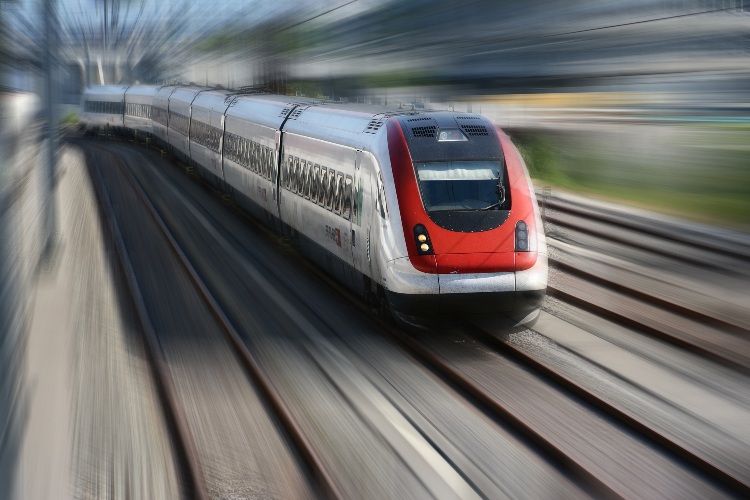Brussels – Improving connectivity between the EU and neighbouring countries and establishing strategies for a functioning high-speed rail network: these were the key themes of the informal meeting of European transport ministers held on September 19 and 20 in Budapest.
It was an excellent occasion for a meeting regarding the competitiveness of the transport sector, which involved ministers from the EU countries, the Western Balkans, EFTA countries, and Ukraine and Moldova, along with representatives of European institutions and key transport organisations. In addition to connectivity between Europe and its neighbours and the development of high-speed rail, participants discussed the challenge of combining digitisation, green transition, and well-functioning transport, consistent with European goals.
The focus then shifted to the rail sector, specifically high-speed rail. The plans needed to establish a European high-speed network were discussed, also considering the goal of better connecting rural and urban areas and mobilising resources to make the plan a reality. The importance of high-speed rail was also recognised by Commission President Ursula von der Leyen, who included it among the priorities of the Commissioner-designate for Sustainable Transport and Tourism, Apostolos Tzitzikostas.
Alberto Mazzola, executive director of the Community of European Railway and Infrastructure Companies (CER), also spoke on high-speed rail. Mazzola reiterated the European interest in having a master plan for high-speed rail (HSR) to connect all European capitals and major cities by 2050. This would open high-speed rail “to more than 60 per cent of European citizens, with a gain of e750 billion in social benefits.”
“High-speed rail is critical to providing quality and comfortable rail services, reducing dependence on oil and decarbonising,” Mazzola said. According to a recent study by CER, investment costs are estimated at €550 billion, with net benefits of €750 billion by 2070. This would create more jobs and numerous environmental benefits by reducing carbon dioxide emissions.
China was mentioned as an example of success in HR. China’s network is the largest and most widely used in the world, with about 45,000 kilometres of rail and an annual return on investment of 6.5 per cent. Due to its railways, China also benefits from reduced dependence on oil and imports, which are elements of good practice from which the EU should learn.
The sore point is investment, which is currently insufficient. There is a lack of “fair, long-term, and comprehensive” funding that the European rail market can rely on to “reach its potential as a true backbone of sustainable transport.” One of the priorities Mazzola highlights is coordinating digitisation, industry improvements, and progress regarding rail freight.
Last but not least, it will be necessary to expand the EU’s multiannual financial framework and explore new ways to attract private investment, applying the “polluter pays” principle and allocating revenues to greener ways.
English version by the Translation Service of Withub




